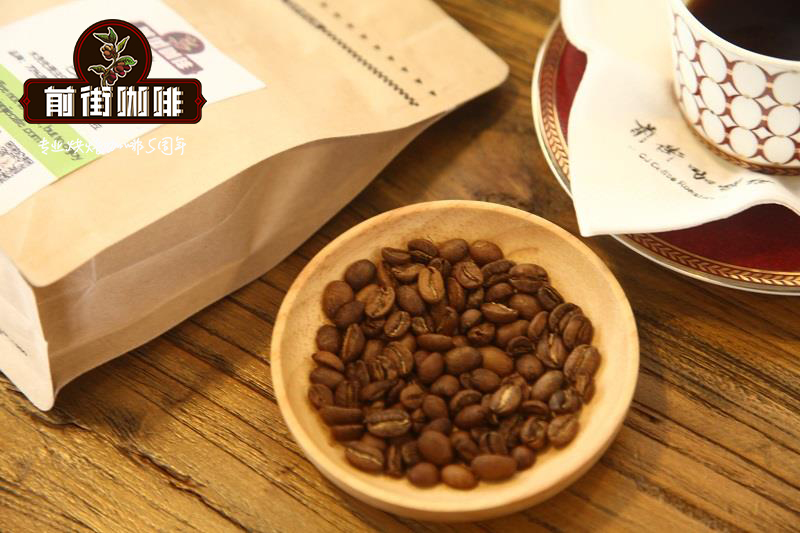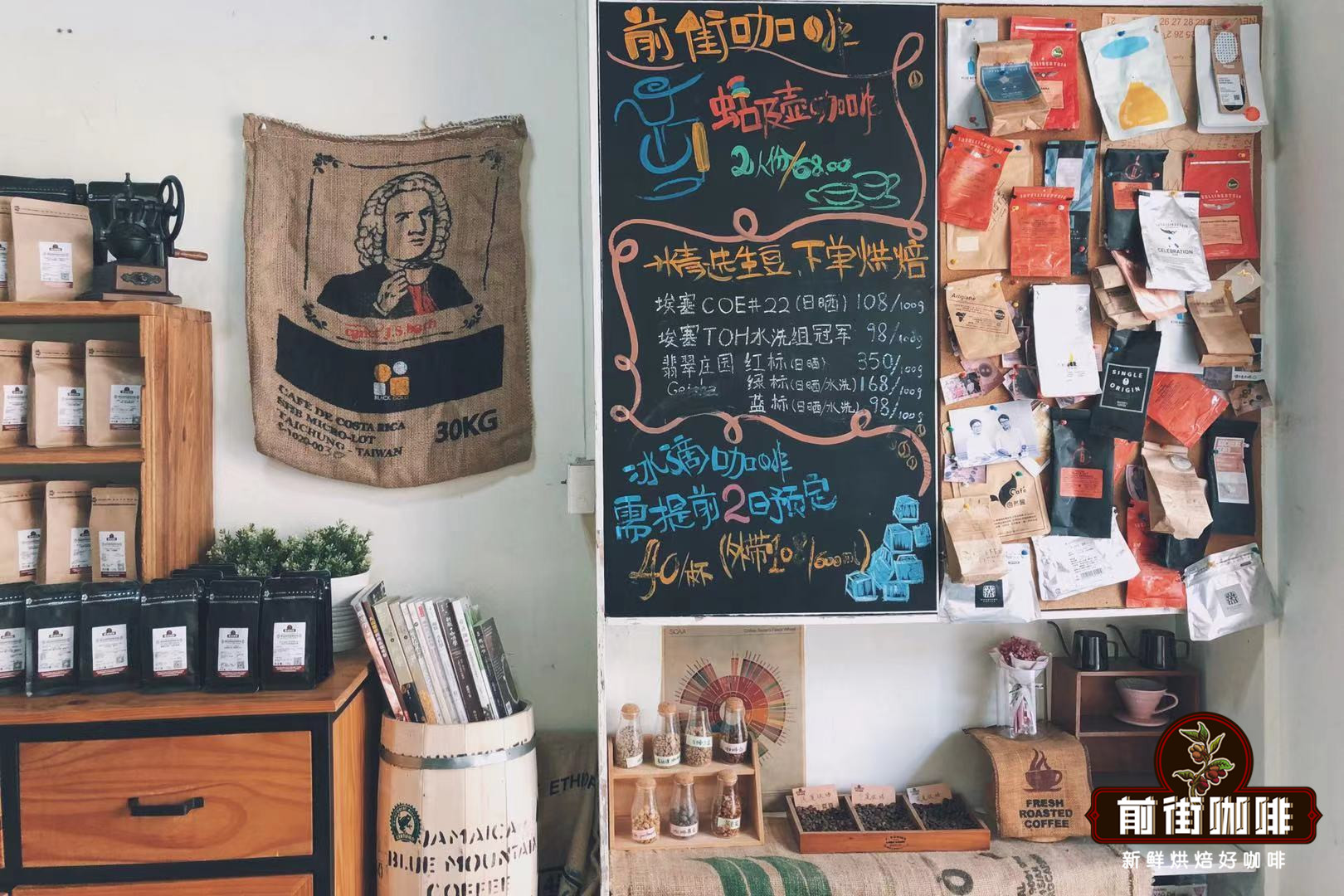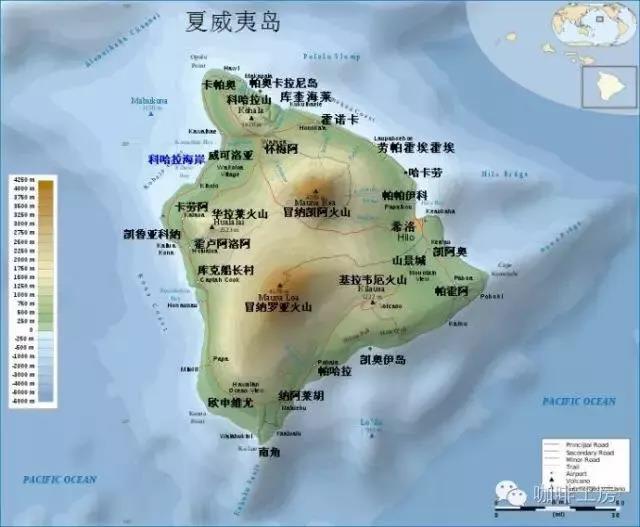Main producing areas and Flavor characteristics of Coffee in the World introduction of classified varieties and characteristics of Arabica Coffee

Professional coffee knowledge exchange more coffee bean information please follow the coffee workshop (Wechat official account cafe_style)
Taiwanese like to drink coffee, drinking 2.85 billion cups a year, but do you know what the conditions for good coffee are? Connoisseurs all know that drinking red wine depends on the manor, the year, and the origin of coffee. A cup of coffee can also taste the taste of local conservation, the climate, soil and altitude are the key to shaping the flavor of coffee. Please follow the editor to understand the characteristics of coffee beans in each producing area.
Coffee belt
Coffee is a tropical plant. The planting area is on the axis of the equator and is planted between the Tropic of Cancer at about 25 degrees north and south latitude. This area is also known as Bean Belt or Coffee belt / Coffee zone.
Tropical highlands or mountains at an altitude of 500-2500 meters above sea level have an average temperature of 15-25 degrees C, which is most suitable for the cultivation of Arabica coffee. The main producing areas are South America, Central America, Africa, Asia and Oceania.
Coffee variety
There are more than 100 kinds of coffee in the world, and their flavors vary. There are three native tree species: Arabica, Robusta and Liberica. Liberia is difficult to survive in the market and is generally used for research and cannot be planted and produced in large quantities.
There are many derivative varieties of Arabica and Robusta on the market.
Arabica derived varieties, such as: Tibika (Typica), bourbon (Bourbon), Rosa / geisha (Geisha), etc.
Robusta derived varieties, such as: Timor, SL28, SL34 and so on.
📝 adds a little knowledge-what is single and mixed coffee beans
Single coffee (Single Origin)
The product is referred to as S.O, which emphasizes the concept of "Origin", that is, "source". The word "single product" is linked to the geographical location, which is used to accurately describe the origin or country of coffee, showing the unique flavor of that region or country. For example: Jamaica Blue Mountain, Hawaii Kona and so on.
Mixed coffee (Blend)
It refers to the blending of coffee beans from different producing areas to create a rich coffee flavor with different taste. For example: Italian coffee, Mamba (Manning + Brazil) and so on.
Main coffee producing areas
At present, coffee producing areas are mainly concentrated in Central and South America, Africa and Asia, because of different soils and climates, the beans produced have their own flavor.
The quality and flavor of coffee in Central America have a certain degree of stability, aroma, taste and taste are in the middle, the overall sense of balance is better.
☆ Blue Mountain Coffee, one of the three largest coffees in the world, is grown in the highlands of the Blue Mountains. The foggy environment can regulate the sunshine, making the density of raw beans stronger and the flavor rich. It is also because the output is very small and the price is high.
☆ Panamanian Jade Manor geisha coffee, at first, the tree was only used as a windbreak forest, but the coffee beans were surprisingly delicious. With its unique aroma and taste, it has repeatedly won the competition in recent years, setting a high bidding price of $170per pound.
Most of the coffee beans from South America are very sour and refreshing. Brazil is by far the largest exporter of coffee beans.
Coffee beans in Africa generally have acidity and aroma similar to that of fruit, with a rich taste. Ethiopia is considered to be the origin of coffee and the number one coffee exporter in the African region.
Asian coffee beans are often thought to have a thick taste, slightly lower aroma and acidity, and a spicy or herbal flavor.
☆ Coffee Coffee, a well-known rare coffee in Indonesia, is collected and processed from coffee fruits that have been eaten and excreted by civet. The indigestible coffee seed, which is excreted intact, has a unique fragrance because it breaks down the protein after passing through the digestive system, but it also leads to animal abuse controversy.
The Yemeni mokamatari coffee, one of the three largest coffees in the world, is small and strong, with ripe fruit flavors (red grapes) and dark chocolate bitterness when ground, and a rich and mellow taste when tasted.
☆, Hawaiian Kona Coffee, one of the three largest coffees in the world, has citrus aroma and soft sour taste.
The characteristics of Taiwan coffee
That's right! Taiwan also produces coffee, which originated from 100 Arabica coffee trees introduced from Manila in 1884.
Taiwan coffee features: excellent aroma, unique micro-acid, mild and smooth taste after proper roasting.
Zoning characteristics
Western "mountain" coffee: with floral flavor, tea flavor, medium sour taste, this characteristic is similar to the alpine coffee in Central and South America. Including Dongli, Nantou, Yunlin, Chiayi, Tainan and other areas.
Southern "high prototype" coffee: floral and chocolate-flavored, not sour nor astringent, similar to coffee from the Ethiopian plateau, mainly from the Dawu Mountain system in Pingtung.
Eastern "coastal" coffee: with floral and spicy flavor, obvious sour taste, coffee characteristics are similar to island coffee producing areas.
International certification
American Fine Coffee Association (SCAA)
In 2009, Mr. Li Gaoming's Alishan tropical dance classic coffee won the 11th place in SCAA's "Coffee of the year". (83.5 points, only 12 per year, and only Asia was selected in that year)
In 2011, Mr. Guo Zhangsheng's Songyue Coffee Garden reached the SCAA final with 83.61 points.
In 2012, Mr. Li Gaoming's Alishan Tiebi card won the 12th place in SCAA with a score of 85.67.
American Society for Coffee quality (CQI)
In 2015, Xiangyang Coffee (86.08 points) and Baisheng Village Coffee Manor (84.92 points), also from Nantou Guolan Township, obtained quality grade certification (Q Certificate).
END
Important Notice :
前街咖啡 FrontStreet Coffee has moved to new addredd:
FrontStreet Coffee Address: 315,Donghua East Road,GuangZhou
Tel:020 38364473
- Prev

What kinds of black coffee do you have? There are several flavors and kinds of coffee commonly found in coffee shops.
Professional coffee knowledge exchange more coffee bean information please follow the coffee workshop (Wechat official account cafe_style) black coffee (black coffee), also known as black coffee, basically as long as there is no sugar, no milk coffee is called black coffee, but instant coffee is no longer this list, black coffee is coffee beans with caramel, after high-temperature carbon roasting, with bitter, sour, caramel and carbonization
- Next

Hawaii KONA feature report | Queen Farm Kona Coffee from Queen's Farm
Hawaii (Hawaii) after nearly two centuries of efforts to grow coffee, the term Kona is almost synonymous with "quality". But historically, it has been a rugged way to grow coffee since it was first introduced to the island in 1825. Even today, it's not artificial.
Related
- Detailed explanation of Jadeite planting Land in Panamanian Jadeite Manor introduction to the grading system of Jadeite competitive bidding, Red bid, Green bid and Rose Summer
- Story of Coffee planting in Brenka region of Costa Rica Stonehenge Manor anaerobic heavy honey treatment of flavor mouth
- What's on the barrel of Blue Mountain Coffee beans?
- Can American coffee also pull flowers? How to use hot American style to pull out a good-looking pattern?
- Can you make a cold extract with coffee beans? What is the right proportion for cold-extracted coffee formula?
- Indonesian PWN Gold Mandrine Coffee Origin Features Flavor How to Chong? Mandolin coffee is American.
- A brief introduction to the flavor characteristics of Brazilian yellow bourbon coffee beans
- What is the effect of different water quality on the flavor of cold-extracted coffee? What kind of water is best for brewing coffee?
- Why do you think of Rose Summer whenever you mention Panamanian coffee?
- Introduction to the characteristics of authentic blue mountain coffee bean producing areas? What is the CIB Coffee Authority in Jamaica?

